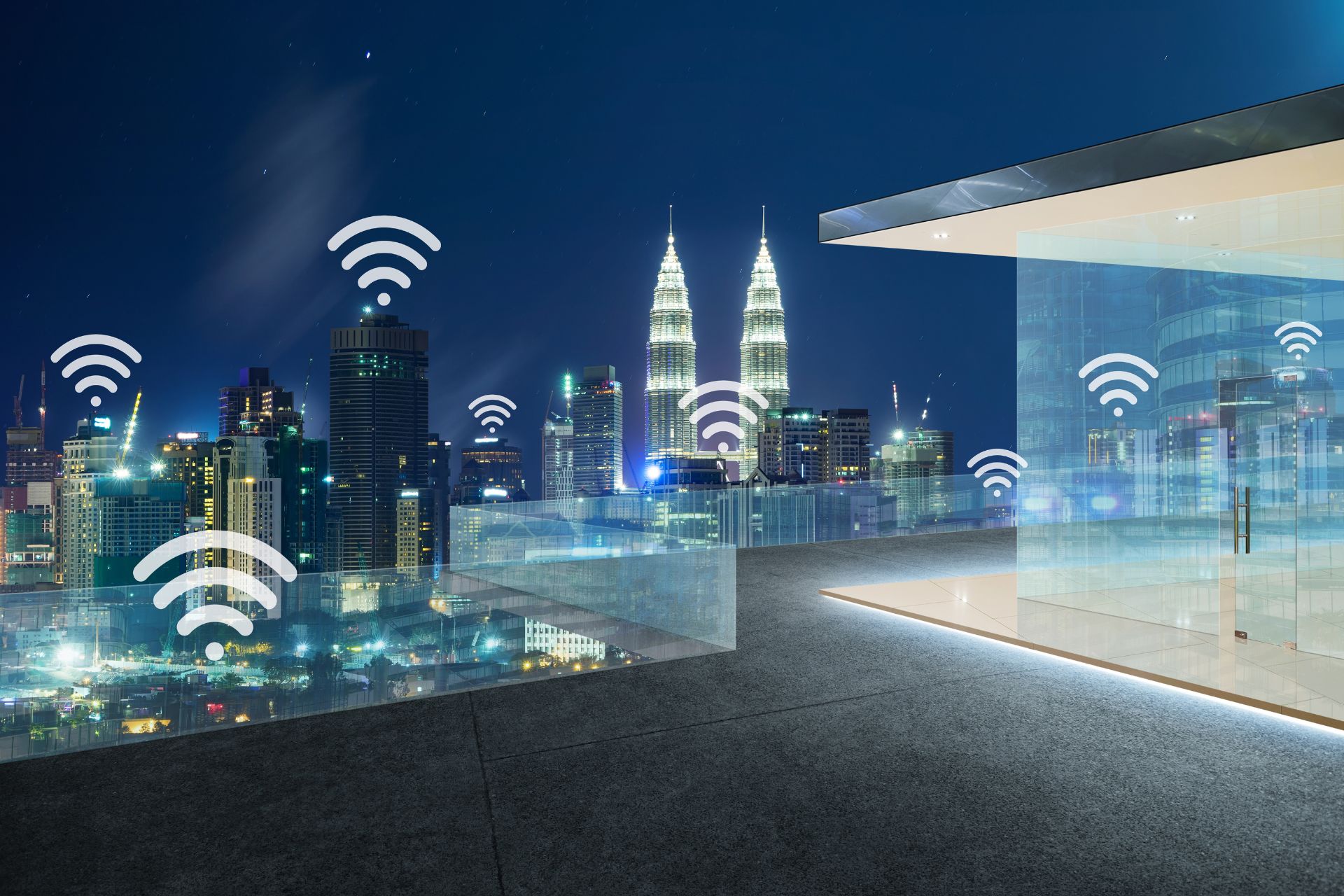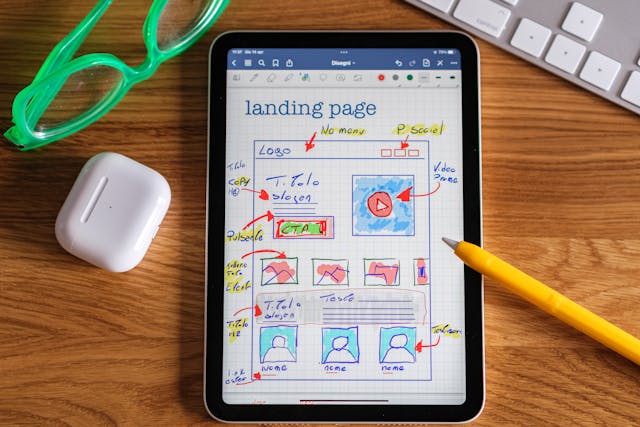
The Impact of 5G Technology: Revolutionizing Connectivity and Communication
5G technology promises to revolutionize how we connect and communicate by offering lightning-fast speeds, low latency, and expansive network capacity. It's like upgrading from a slow bicycle to a speedy sports car for your internet connection. In this exploration, we'll delve into the transformative impact of 5G on connectivity and communication. From seamless streaming to real-time collaboration, 5G enables a new era of connectivity for industries and everyday life. With its ability to support a vast array of connected devices and power innovative technologies like the Internet of Things (IoT) and augmented reality (AR), 5G is set to change the way we work, play, and interact. Join us as we uncover the potential of 5G technology and its profound implications for the future of connectivity.
Understanding 5G Technology:
5G technology represents the next generation of wireless communication, promising significant improvements in speed, latency, and capacity compared to previous generations like 4G LTE. It is designed to provide lightning-fast speeds, ultra-low latency, and expanded network capacity to support a wide range of applications and services. By harnessing high-frequency radio waves and advanced network infrastructure, 5G enables seamless connectivity and empowers transformative technologies like the Internet of Things (IoT), augmented reality (AR), and autonomous vehicles.
Revolutionizing Connectivity and Communication:
5G technology is set to revolutionize connectivity and communication by offering unparalleled speed, responsiveness, and reliability. With lightning-fast speeds, users can enjoy seamless streaming, rapid downloads, and instant access to online content. The ultra-low latency of 5G facilitates real-time communication and interaction, enabling immersive experiences like gaming, remote collaboration, and AR/VR applications. Moreover, the expanded network capacity of 5G supports a vast array of connected devices, paving the way for smart cities, connected vehicles, and intelligent infrastructure.
Transformative Connectivity:
Seamless Mobility: 5G ensures uninterrupted connectivity, even in high-mobility scenarios, providing users with seamless access to digital services while on the go. Whether streaming high-definition content or accessing cloud-based applications, users can stay connected wherever they are.
Enhanced IoT Capabilities: 5G networks accommodate the proliferation of IoT devices, enabling seamless communication and coordination between interconnected devices. This facilitates the deployment of smart home devices, industrial sensors, and environmental monitors, driving efficiency and automation across various industries.
Reliable Connectivity: In dense urban areas and crowded venues, 5G ensures reliable connectivity with minimal congestion, ensuring smooth communication and uninterrupted access to digital services. This reliability enhances productivity, facilitates real-time collaboration, and enables new applications and services that rely on consistent network performance.
Revolutionizing Industries:
Healthcare: 5G technology enables advanced telemedicine, remote patient monitoring, and surgical robotics by providing high-speed, low-latency connectivity. This revolutionizes healthcare delivery and patient outcomes, improving access to healthcare services and reducing costs through increased efficiency and innovation.
Automotive: 5G facilitates the development of connected vehicles and intelligent transportation systems, enhancing road safety, reducing congestion, and enabling autonomous driving. With real-time data exchange and V2X communication, connected vehicles can communicate with each other and with roadside infrastructure, improving the overall driving experience.
Manufacturing: Smart factories leverage 5G for real-time monitoring, predictive maintenance, and autonomous operations, driving productivity and efficiency in the manufacturing sector. By collecting and analyzing data in real time, manufacturers can optimize production processes, minimize downtime, and enhance operational efficiency.
Enabling Next-Generation Technologies:
Immersive Experiences: 5G supercharges AR and VR applications, delivering immersive gaming, interactive learning, and virtual experiences with unprecedented realism. With high-speed, low-latency connectivity, users can enjoy seamless AR/VR experiences, revolutionizing entertainment, education, and enterprise applications.
Edge Computing: 5G edge computing reduces latency and enables real-time decision-making for critical applications like autonomous vehicles and industrial automation. By processing data closer to the source, edge computing enhances the responsiveness and efficiency of IoT devices, enabling faster data processing and analysis at the network edge.
Challenges and Considerations:
Infrastructure Investment: Deploying widespread 5G infrastructure requires substantial investment in network infrastructure, including towers, small cells, and fiber optics. Governments, telecom operators, and technology companies must collaborate to build and expand 5G networks, addressing coverage gaps and ensuring equitable access for all.
Security and Privacy: Safeguarding 5G networks and connected devices against cyber threats and privacy breaches is essential for maintaining trust and confidence in the technology. Robust cybersecurity measures, encryption protocols, and regulatory frameworks are needed to protect sensitive data and mitigate security risks in the 5G ecosystem.
Digital Inclusion: Bridging the digital divide and ensuring equitable access to 5G technology is crucial for fostering inclusive connectivity and promoting socioeconomic development. Efforts to expand 5G coverage to underserved communities and rural areas, coupled with initiatives to provide affordable devices and digital literacy training, are essential for promoting digital inclusion and closing the digital divide.
5G technology represents a paradigm shift in connectivity and communication, offering unprecedented speed, reliability, and versatility. As businesses, governments, and consumers embrace the potential of 5G, it has the power to revolutionize industries, enable transformative technologies, and bridge the gap between digital aspirations and reality. By addressing challenges and seizing opportunities, the widespread adoption of 5G promises to propel us into a future where connectivity knows no bounds, and communication transcends barriers.A






(0) Comment